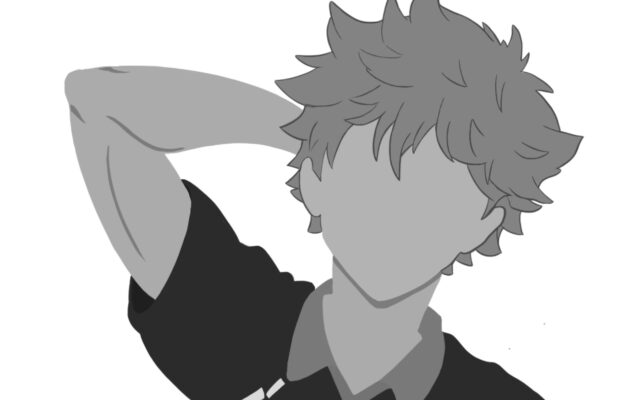Attack the titan of anime stigma

When I was younger, anime, an umbrella term used to describe Japanese animation, was a somewhat ubiquitous aspect of my life. I remember being encapsulated by the masterful landscapes and the compelling storylines. The detailed and vibrant animation created worlds that I was able to slip into and grow up in.
Once I started going to school, however, it became apparent to me that others’ perceptions of the art form was vastly different than my own. I quickly deduced that anime was entirely perverted, gross and for “weebs.” I dropped it from my interests altogether, instead focusing my interests towards American media.
As I’ve grown older and observed the portrayal of Asian culture in Western media, I’ve realized that the damaging monolithic qualities have also been applied to anime. Growing up, I rarely saw any sort of Asian representation that wasn’t either some fetishization or version of “Nerd #1.” Just like how Western media refuses to move past these harmful, over-simplified profiles, many seem to be incapable of viewing anime as something more complex than the violent, over-sexualized notion which has been presented to them.
In reality, anime is comprised of a variety of different genres and there’s genuinely something for everyone. From action to romance to slice-of-life, there are so many stories to follow, all conveyed through stunning animation. For example, a majority of people already recognize the beauty and genius of Studio Ghibli films, such as “My Neighbor Totoro,” “Howl’s Moving Castle,” and “Spirited Away.” However, for whatever reason, many do not associate those movies with anime, despite them literally being Japanese animation. Though I’m ecstatic that Ghibli films have been exempt from the stigma, many characteristics that make them so masterful are not limited to Studio Ghibli. Whether the story is about playing a sport or falling in love, most other anime series delve into the same themes of finding one’s passions, forming deep-rooted connections, and progressing towards self-discovery.
Trivial as it may seem, overcoming and learning to ignore the stigma surrounding anime has been a strangely personal journey for me. I’ve learned to keep in mind that those who make fun of it only know the harmful stereotype they’ve been taught, something I wouldn’t want to associate with either if it were true. Instead, I choose to focus on the world of anime that I grew up in–a world that I’ve come to love.



